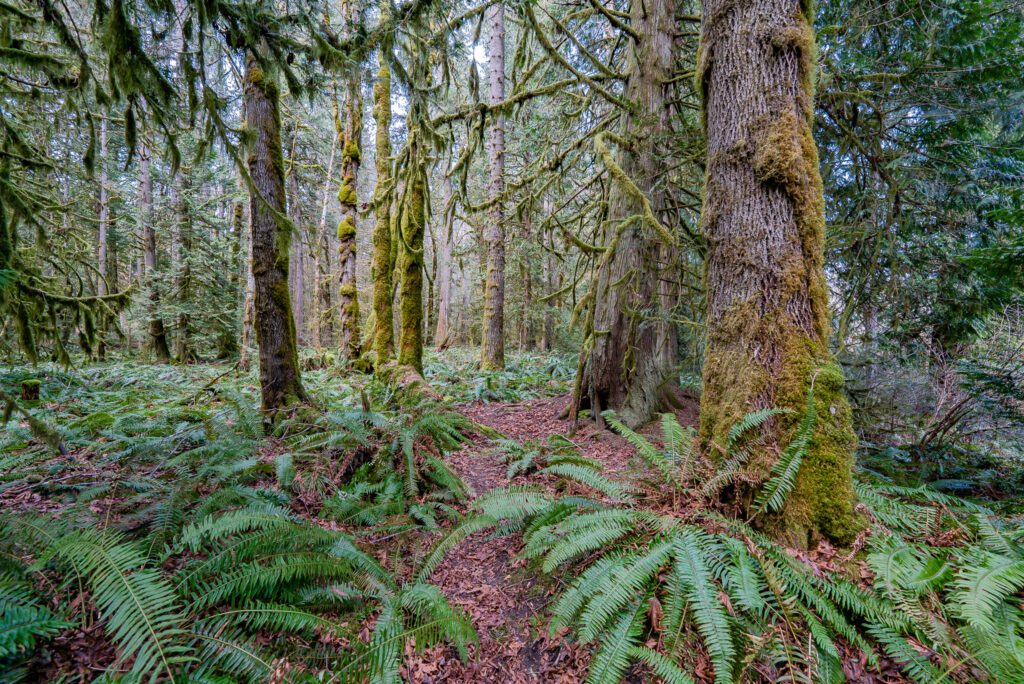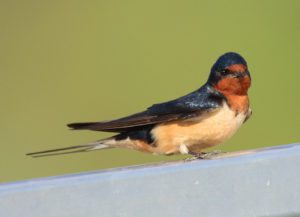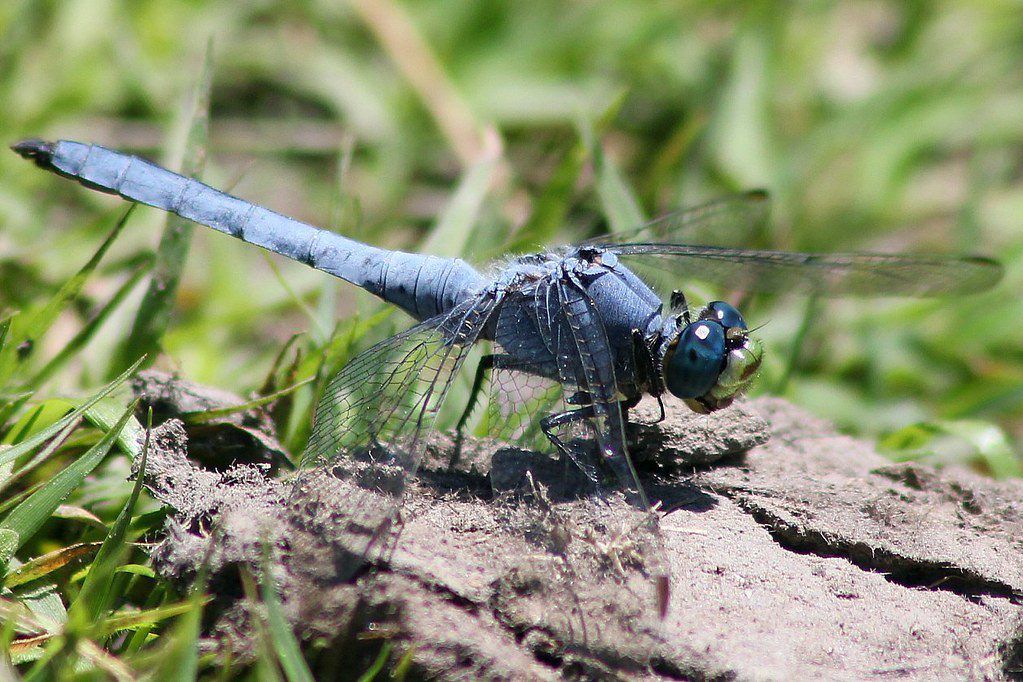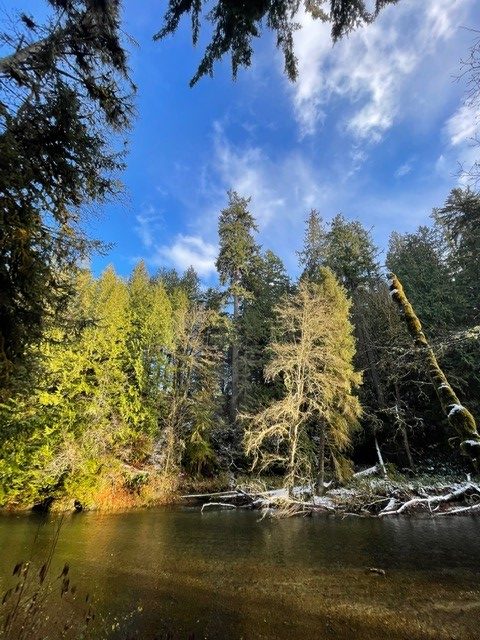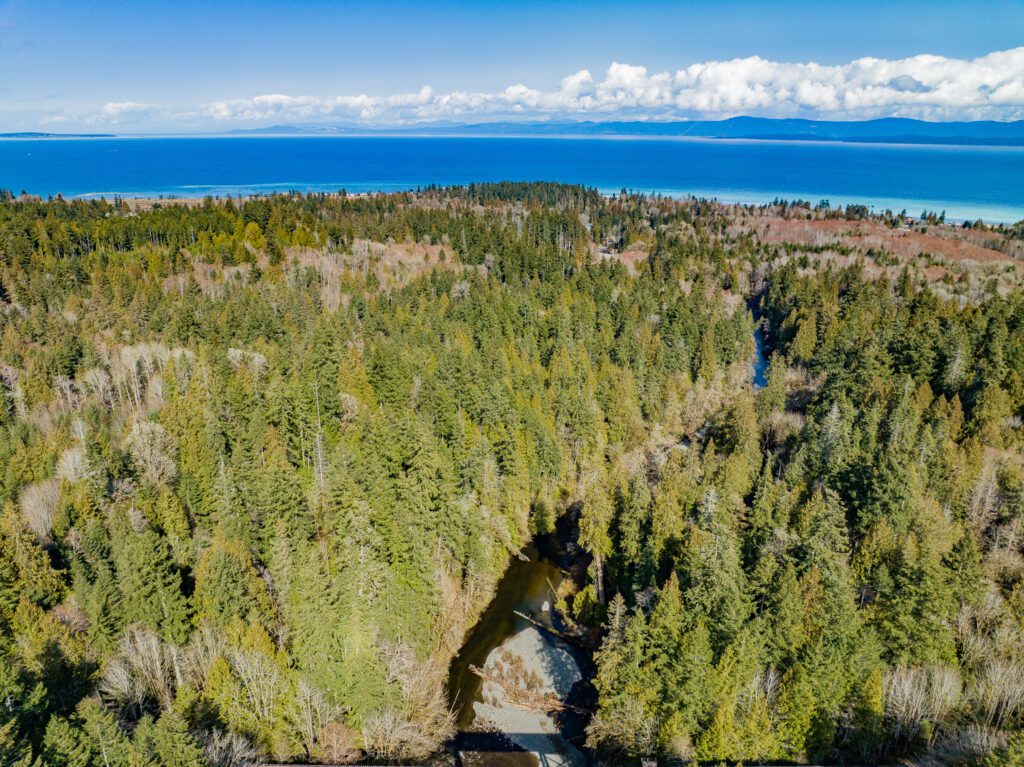The Nature Trust of BC has purchased 36 acres (15 hectares) of undeveloped land along the Little Qualicum River- our first acquisition on this river. This project presents the opportunity to begin a new conservation complex in one of the most at-risk zones of the province: the Coastal Douglas-fir (CDF) moist maritime biogeoclimatic sub-zone. Only 11% of this zone has been protected within BC and it is considered a conservation concern. The property is located in the traditional territory of the Qualicum First Nation.
The Little Qualicum River is an important salmon spawning river on the mid-east coast of Vancouver Island. This river support both Indigenous and recreational fisheries. There is a salmon hatchery upstream of the property and the river provides spawning and rearing habitat for Chinook, Coho, Chum and Steelhead. Coastal Cutthroat Trout also use this river.
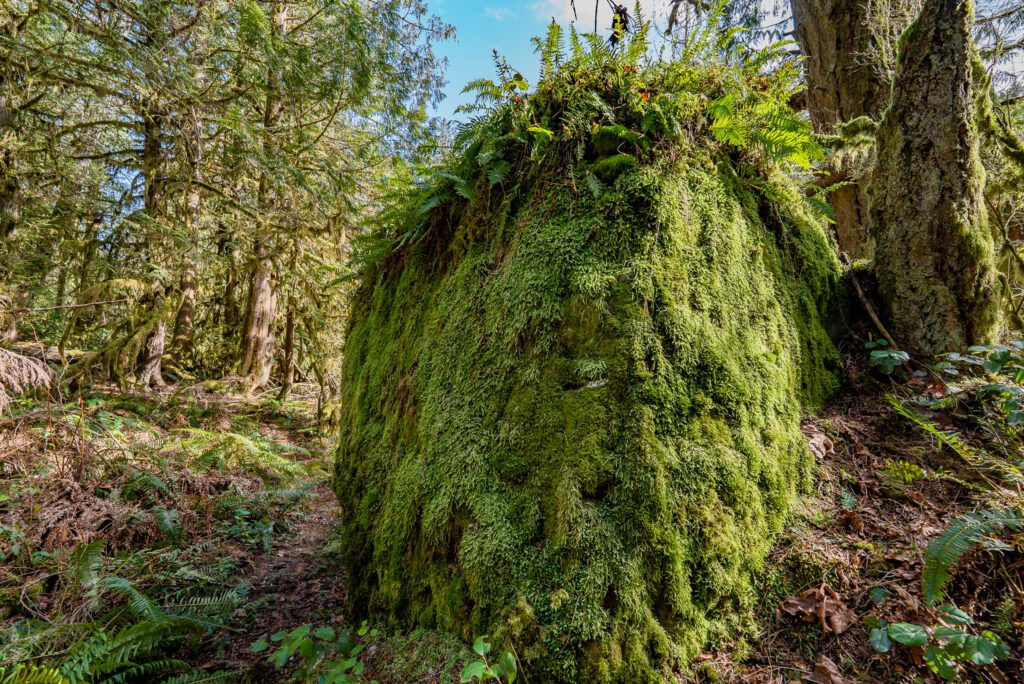
Salmon are an important species on BC’s coasts. They hatch in the rivers, develop into fry over several months and then swim out to the oceans where they grow to adults. As adults, they eat and gather nutrients from the ocean that they bring with them when they return to their natal rivers to spawn. After spawning they die and all the nutrients that they gathered while in the oceans are returned to the riverine ecosystem, including the forests surrounding the river. This process ensures healthy forests, which stabilize the banks of rivers and provide shade for the next generation of salmon.
